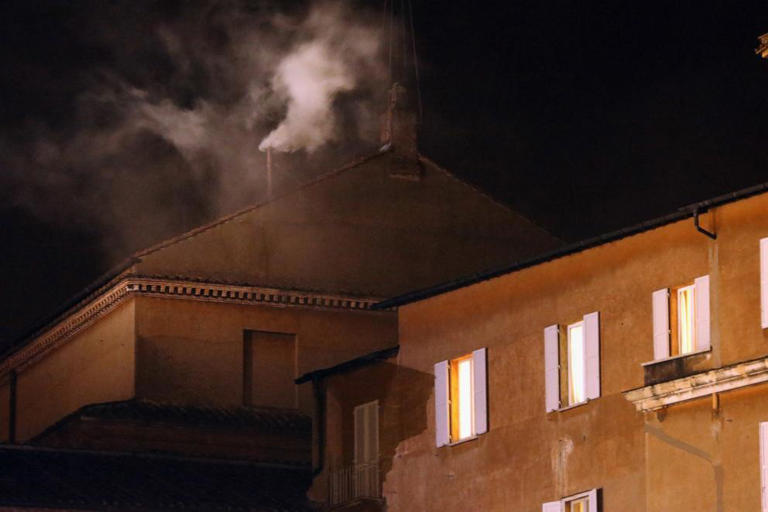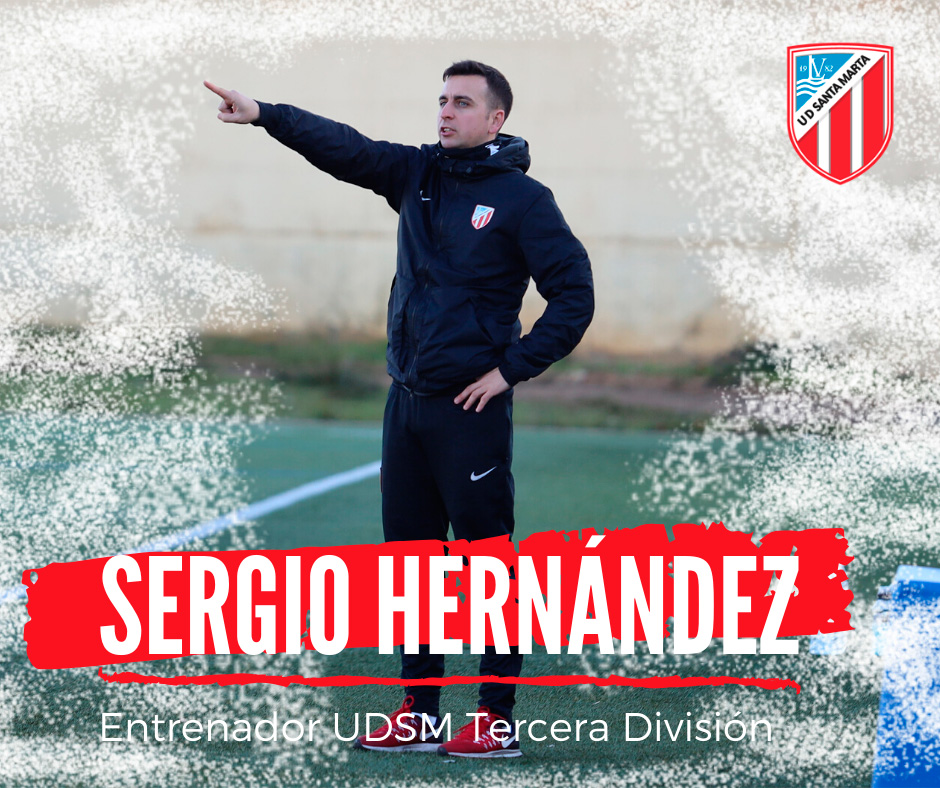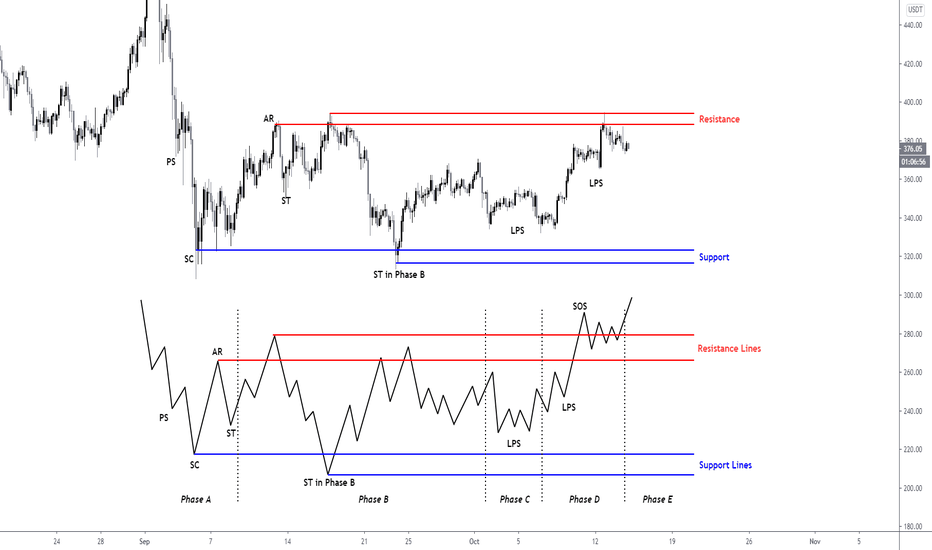The Conclave Begins: Electing The Next Catholic Pope

Table of Contents
The Death or Resignation of a Pope and the Calling of a Conclave
The process of electing a new Pope, known as the Papal Conclave, is triggered by the death or resignation of the reigning Pontiff. This transition period, known as sede vacante (vacant see), is a time of significant change and preparation within the Vatican. The death or resignation itself sets in motion a series of carefully orchestrated events leading to the conclave.
- The formal declaration of the sede vacante: This official announcement marks the beginning of the vacancy and signals the commencement of the succession process.
- The preparation of the Vatican for the conclave: This includes logistical arrangements for the cardinals, securing the Sistine Chapel, and ensuring all necessary security measures are in place.
- The role of the College of Cardinals in initiating the process: The College of Cardinals, composed of cardinals from around the world, plays a vital role in guiding the transition and organizing the conclave.
- The importance of maintaining secrecy and order during this transitional period: Secrecy and order are paramount to ensure a smooth and respectful process for electing the next Catholic Pope. This period emphasizes prayer and reflection before the critical task ahead.
The Role of Cardinal Electors
The Papal Conclave is comprised of Cardinal electors, who are cardinals under the age of 80. These cardinals bear the immense responsibility of choosing the next leader of the Catholic Church. Their qualifications and responsibilities are carefully defined.
- Age restrictions for participation in the conclave: Only cardinals under 80 years of age are eligible to participate in the conclave. This ensures that the electors are of sound mind and body and capable of engaging in the intensive process.
- The number of Cardinal electors who participate: The number of cardinal electors varies, depending on the number of cardinals under 80 at the time of the conclave.
- Their oath of secrecy and commitment to the process: Before the conclave begins, each cardinal elector takes a solemn oath of secrecy, pledging to uphold the integrity of the process and maintain confidentiality.
- The significance of their individual influence within the conclave: Each cardinal elector brings their unique perspective and experience to the conclave, influencing the discussions and deliberations.
The Conclave Process: Secrecy and Deliberation
The conclave itself is held in strict secrecy within the Vatican. The rules and procedures governing the conclave are designed to ensure fairness, impartiality, and the free expression of the electors’ views.
- The isolation and security measures maintained within the conclave: The cardinals are sequestered in the Vatican, with limited contact with the outside world, to ensure focused deliberations and prevent external influence.
- The voting process, including the use of ballots and the required two-thirds majority: The cardinals cast their votes in secret ballots until a candidate receives a two-thirds majority.
- The accommodation and living conditions of the cardinals during the conclave: The cardinals reside in simple accommodations within the Vatican during the conclave, fostering a sense of shared purpose and humility.
- The role of the Master of Ceremonies in managing the conclave: The Master of Ceremonies plays a vital role in overseeing the logistical and procedural aspects of the conclave.
The Election of the New Pope
Once a candidate receives the necessary two-thirds majority, the election is complete. The announcement and subsequent events mark the beginning of a new papacy.
- The announcement of the Habemus Papam! ("We have a Pope!"): This iconic phrase signifies the successful completion of the conclave and the election of the new Pope.
- The new Pope's first public appearance (Urbi et Orbi blessing): The newly elected Pope makes his first appearance to address the world and deliver the Urbi et Orbi blessing.
- The selection of the papal name: The newly elected Pope chooses a papal name, often reflecting his spiritual ideals or paying homage to significant figures in Catholic history.
- The beginning of the new pontificate: The election marks the beginning of the new Pope's papacy and a new chapter in the history of the Catholic Church.
Conclusion
The election of a new Catholic Pope through the Papal Conclave is a complex and significant event, a testament to centuries of tradition and the enduring influence of the Catholic Church. Understanding the process, from the initial preparations to the final announcement, allows us to fully appreciate the weight of this decision and its impact on billions of people worldwide. The next Papal Conclave will undoubtedly be followed with great anticipation, as the world eagerly awaits the election of the next leader of the Catholic Church. Learn more about the fascinating history and intricacies of electing the Pope by researching the Papal Conclave and its evolution through the ages. Stay informed about the next Papal Conclave to better understand this critical moment in Catholic history.

Featured Posts
-
 Flamengo Confirma A Sergio Hernandez Como Su Nuevo Entrenador
May 08, 2025
Flamengo Confirma A Sergio Hernandez Como Su Nuevo Entrenador
May 08, 2025 -
 Top Cryptocurrency Investment Van Ecks 185 Prediction
May 08, 2025
Top Cryptocurrency Investment Van Ecks 185 Prediction
May 08, 2025 -
 Cro Jumps After Trump Media And Crypto Com Announce Joint Etf Venture
May 08, 2025
Cro Jumps After Trump Media And Crypto Com Announce Joint Etf Venture
May 08, 2025 -
 The End Of Ryujinx Nintendo Contact And Development Halt
May 08, 2025
The End Of Ryujinx Nintendo Contact And Development Halt
May 08, 2025 -
 Ethereum Nears 2 700 Wyckoff Accumulation Analysis
May 08, 2025
Ethereum Nears 2 700 Wyckoff Accumulation Analysis
May 08, 2025
